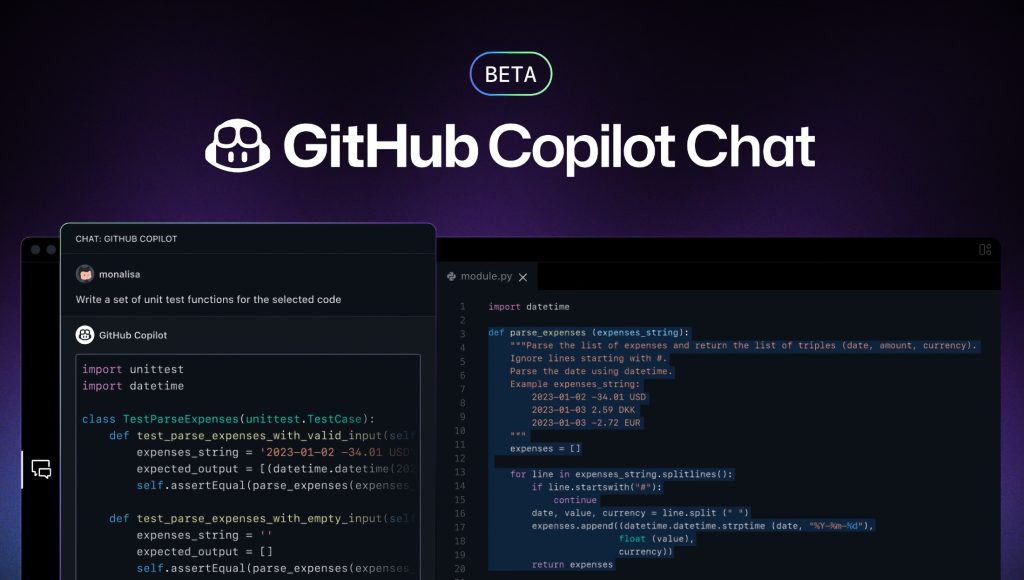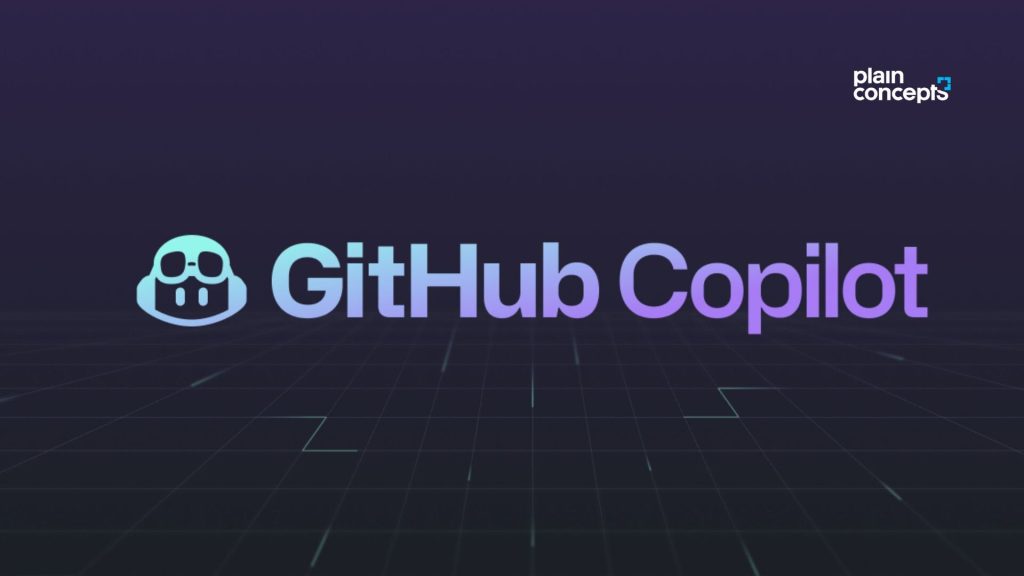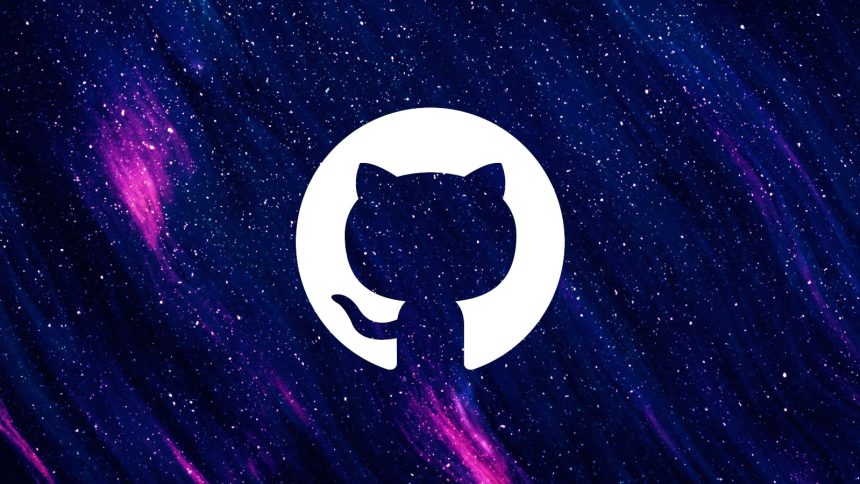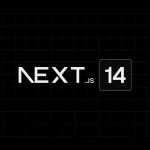GitHub has revolutionized the way developers collaborate and manage their code. As a powerful platform for version control and project management, GitHub offers a wide array of features that go beyond basic code hosting. For both beginners wondering “What is GitHub?” and seasoned professionals looking to enhance their workflow, understanding advanced GitHub techniques is crucial to maximize productivity and streamline development processes.

This article delves into essential GitHub skills to elevate your development game. We’ll explore mastering Git workflows to improve team collaboration, leveraging GitHub Actions to automate tasks, and optimizing code reviews for better quality assurance. Whether you’re using GitHub Copilot for AI-assisted coding or managing complex projects, these advanced techniques will help you make the most of GitHub’s capabilities and boost your efficiency as a developer.
Mastering Git Workflows
Git workflows are essential for effective collaboration and code management in GitHub projects. A well-defined workflow helps teams work efficiently and maintain a clean project history. One popular approach is the Feature Branch Workflow, where developers create separate branches for each feature or bug fix. This isolates work and allows for easier code reviews through pull requests.

Another powerful workflow is Gitflow, which uses multiple branches to manage releases. It includes a main branch for stable code, a develop branch for ongoing work, and feature branches for new additions. This structure is particularly useful for projects with regular release cycles.
For open-source projects, the Forking Workflow is common. Contributors fork the main repository, make changes in their copy, and submit pull requests to the original project. This approach allows for contributions from a large number of developers while maintaining control over the main codebase.
Regardless of the chosen workflow, consistent branching strategies and clear communication are key to successful collaboration on GitHub.

Leveraging GitHub Actions
GitHub Actions has become a game-changer for developers, offering platform-native automation and CI/CD capabilities. This powerful tool simplifies the developer experience by integrating seamlessly into the GitHub flow. With Actions, you can create advanced, custom workflows for various tasks, from triggering alarms to orchestrating complex security test automations.
The GitHub Actions Marketplace, boasting over 10,000 pre-built actions, is a valuable resource for creating sophisticated workflows. These actions can be easily incorporated into your projects, saving time and effort in development.

Actions supports multiple commands running simultaneously by default. However, you can use the needs keyword to establish dependencies between jobs. This feature ensures that dependent jobs won’t execute if a preceding job, such as a test, fails. Additionally, you can create dependencies between workflows, allowing for connection points and breakpoints between automations.
Optimizing Code Reviews
Code reviews have a significant impact on code quality and team collaboration in GitHub projects. To enhance this process, it’s crucial to establish clear guidelines and leverage GitHub’s features. Implementing a structured approach helps reviewers provide valuable feedback efficiently. One effective strategy is to keep pull requests small and focused, making them easier to review and merge quickly. This approach aligns with continuous integration practices and improves overall development speed.

GitHub’s user interface offers powerful tools to facilitate code reviews. Reviewers can compare diffs, leave inline comments, and suggest code changes directly within the platform. To streamline the process further, teams can utilize automation tools like LinearB’s gitStream. These tools help maintain small pull request sizes and ensure thorough reviews, ultimately leading to faster development cycles and higher-quality code.
Conclusion
Mastering advanced GitHub techniques has a significant impact on a developer’s productivity and efficiency. By honing skills in Git workflows, leveraging GitHub Actions, and optimizing code reviews, developers can streamline their processes and boost collaboration. These techniques not only improve code quality but also make teamwork smoother and more effective.

As the tech world keeps evolving, staying up-to-date with GitHub’s features is crucial to stay competitive. Whether you’re looking to automate tasks, manage complex projects, or simply write better code, these advanced GitHub techniques provide a solid foundation. By putting these methods into practice, developers can take their skills to the next level and make the most of what GitHub has to offer.



